While I was at a museum the other day, one of the archivists asked me a question that I hear often: “What is the difference between a coffin and a casket…or is there one?”
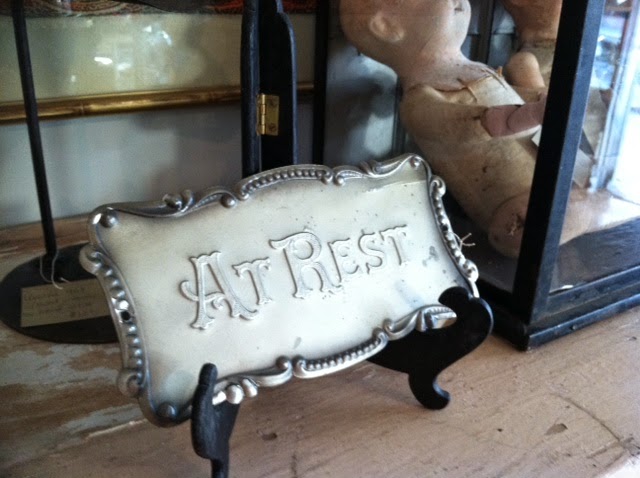 I was glad I had the answer to share with her. Yes, there is a difference although we tend to use the two terms interchangeably.
I was glad I had the answer to share with her. Yes, there is a difference although we tend to use the two terms interchangeably.
COFFIN
 Wooden coffins, which came into use around the early part of the 16th century in the western world, typically have six sides, and the lid lifts off completely. Once the deceased was placed inside, the lid was nailed shut. Think about the classic Halloween decoration or old black-and-white vampire movies, and you have the idea.
Wooden coffins, which came into use around the early part of the 16th century in the western world, typically have six sides, and the lid lifts off completely. Once the deceased was placed inside, the lid was nailed shut. Think about the classic Halloween decoration or old black-and-white vampire movies, and you have the idea.
The silhouette is wider at the shoulders and narrows toward the feet. The only handles, if any at all, would have been functional loops of rope to carry it to the graveyard.
CASKET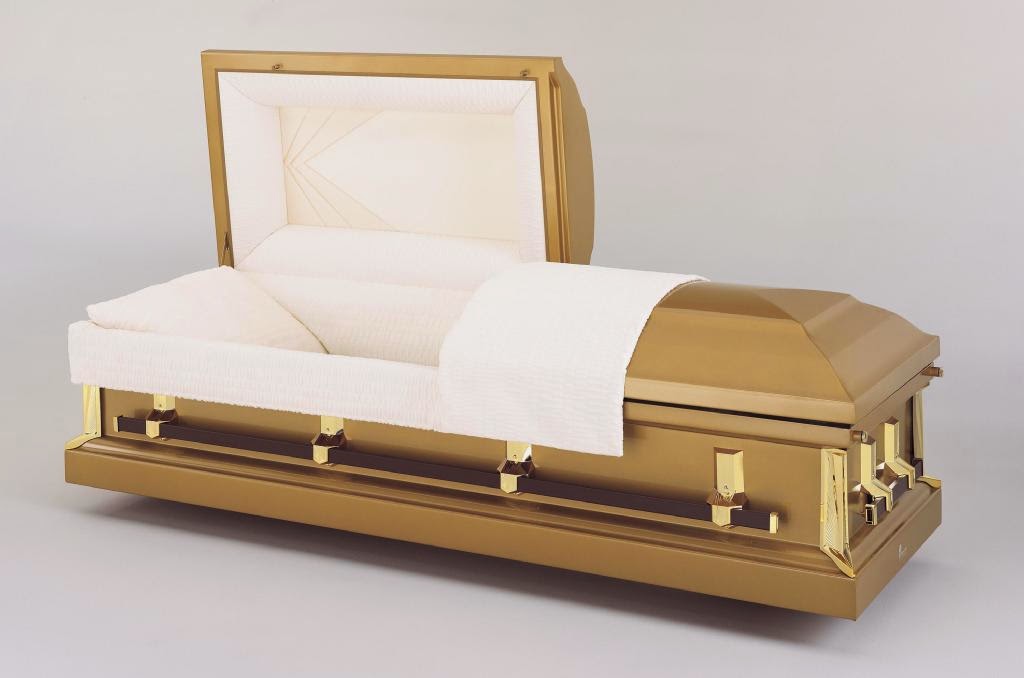
You may be surprised that this was a term originally used for jewelry boxes. When the Victorian sensibilities of proper mourning and tribute came into fashion, the word “casket” began being used for the burial receptacles as well. It makes sense I suppose, since it would hold something precious and certainly sound kinder to the ears of those left behind.
The casket is different in shape as well, being elongated and four-sided.
Some caskets feature a split lid to allow for easier viewing of the deceased. This would have been impractical with wooden coffins. The lid of a casket is also hinged, so it is hover entirely detached from the lower portion.
Lined with metal on the interior, unlike coffins, caskets also usually feature six metal handles for pallbearers.
Bits of Related Trivia:
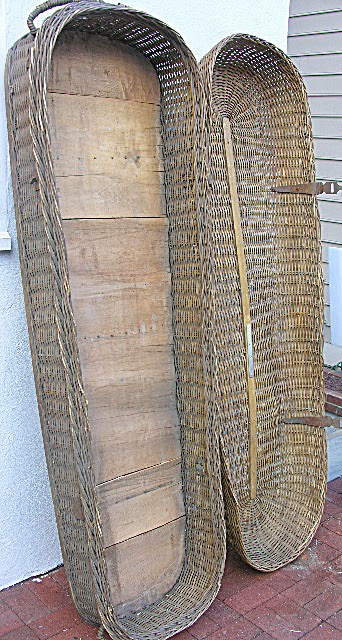 The Greek word “kophinos,” meaning basket, refers to the fact that wicker baskets were used in days gone by. There is a new interest in utilizing them for “green burials.”
The Greek word “kophinos,” meaning basket, refers to the fact that wicker baskets were used in days gone by. There is a new interest in utilizing them for “green burials.”
Ancient Greeks often buried their dead in a sitting position in clay pottery.
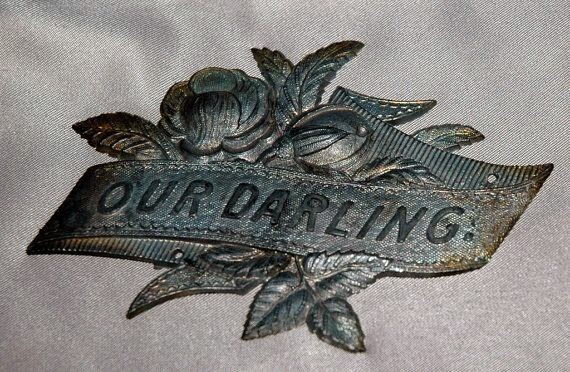 “Fittings” or “coffin furniture” were/are external details such as crucifixes, handles and name plates. The local mortician would often offer “rental” of such adornments which would then be removed immediately before burial.
“Fittings” or “coffin furniture” were/are external details such as crucifixes, handles and name plates. The local mortician would often offer “rental” of such adornments which would then be removed immediately before burial.
“Trim” was a term used to refer to fabric used to line the interior of coffins.
When a coffin is  used to transport a deceased person it is called a “pall,” hence the term “pallbearer” for those that carry it. The word can also refer to a cloth used to drape over the coffin.
used to transport a deceased person it is called a “pall,” hence the term “pallbearer” for those that carry it. The word can also refer to a cloth used to drape over the coffin.
I hope that you found this posting interesting…and not too morbid.
What bit of trivia do you have to share about the subject?
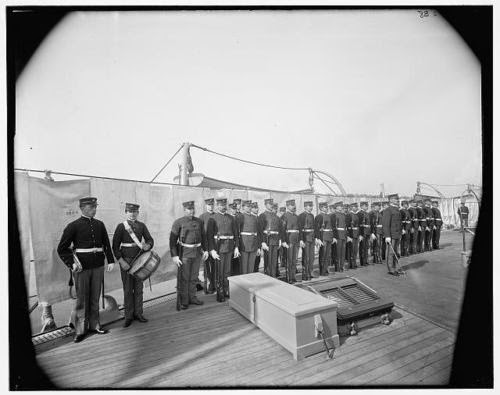
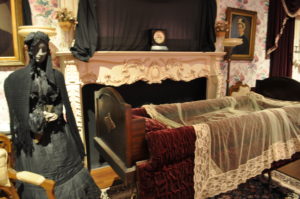
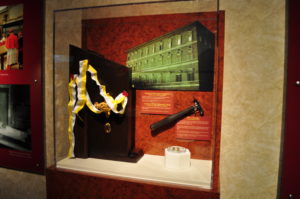

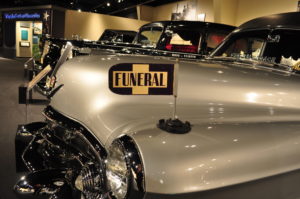
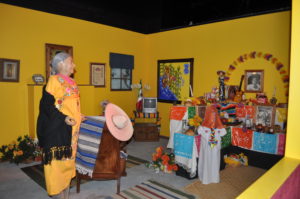
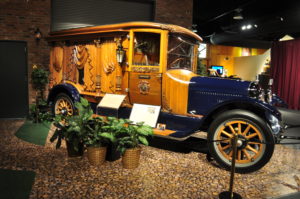
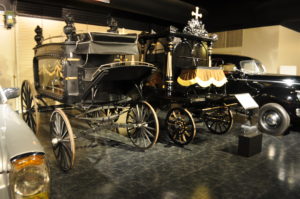
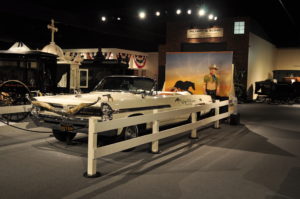



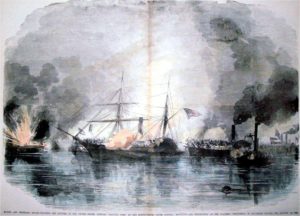
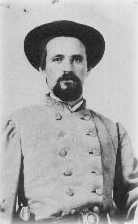
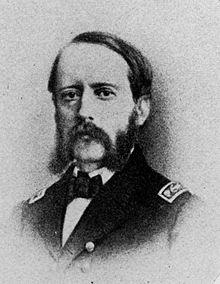
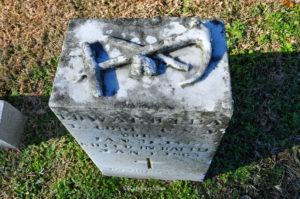

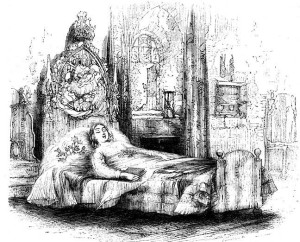 Folklore and customs concerning death and cemeteries can run from humorous to gruesome, and are almost always entertaining. Most of us have heard it’s bad luck to walk across a grave or speak ill of the dead, but if you didn’t know that collecting epitaphs could cause you to lose your memory perhaps you should read on…just in case!
Folklore and customs concerning death and cemeteries can run from humorous to gruesome, and are almost always entertaining. Most of us have heard it’s bad luck to walk across a grave or speak ill of the dead, but if you didn’t know that collecting epitaphs could cause you to lose your memory perhaps you should read on…just in case!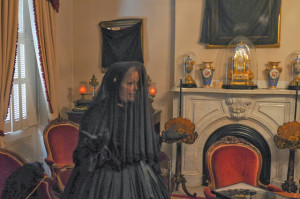
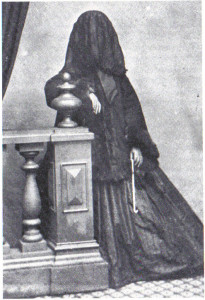
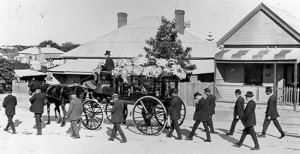
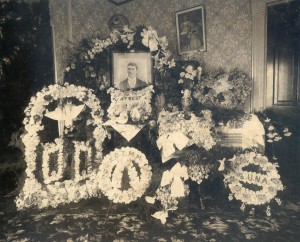

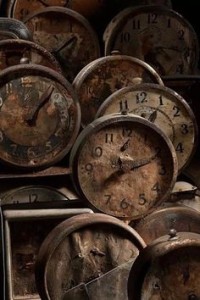
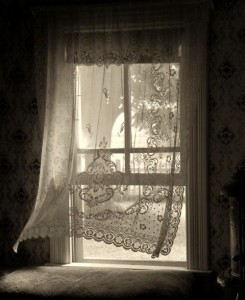
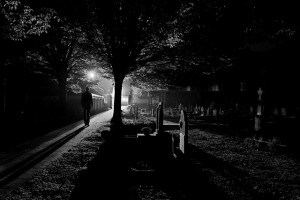


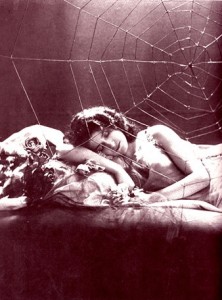

 else related to mourning, they regained popularity during Victorian times. Tears were gathered in the bottles and saved by the mourners. Specially designed
else related to mourning, they regained popularity during Victorian times. Tears were gathered in the bottles and saved by the mourners. Specially designed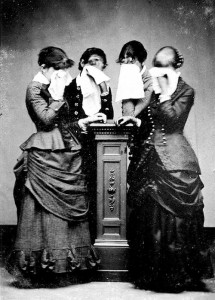 stoppers allowed the tears to slowly evaporate. When the moisture disappeared from the bottle, it could be taken as a sign that the mourning period had ended – a much more forgiving timeline than most mourning traditions of the day.
stoppers allowed the tears to slowly evaporate. When the moisture disappeared from the bottle, it could be taken as a sign that the mourning period had ended – a much more forgiving timeline than most mourning traditions of the day.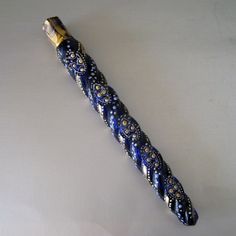 American Civil War, soldiers sometimes gifted their wives and loved ones with tear bottles to fill while they were away. It was seen as a way to prove to a returning warrior that they had been dearly missed. Too often, though, the intended recipient never came home.
American Civil War, soldiers sometimes gifted their wives and loved ones with tear bottles to fill while they were away. It was seen as a way to prove to a returning warrior that they had been dearly missed. Too often, though, the intended recipient never came home.
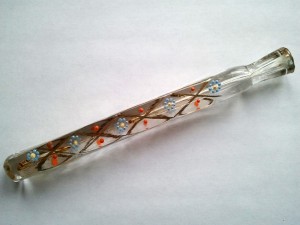
 I was glad I had the answer to share with her. Yes, there is a difference although we tend to use the two terms interchangeably.
I was glad I had the answer to share with her. Yes, there is a difference although we tend to use the two terms interchangeably. Wooden coffins, which came into use around the early part of the 16th century in the western world, typically have six sides, and the lid lifts off completely. Once the deceased was placed inside, the lid was nailed shut. Think about the classic Halloween decoration or old black-and-white vampire movies, and you have the idea.
Wooden coffins, which came into use around the early part of the 16th century in the western world, typically have six sides, and the lid lifts off completely. Once the deceased was placed inside, the lid was nailed shut. Think about the classic Halloween decoration or old black-and-white vampire movies, and you have the idea.
 The Greek word “kophinos,” meaning basket, refers to the fact that wicker baskets were used in days gone by. There is a new interest in utilizing them for “green burials.”
The Greek word “kophinos,” meaning basket, refers to the fact that wicker baskets were used in days gone by. There is a new interest in utilizing them for “green burials.” “Fittings” or “coffin furniture” were/are external details such as crucifixes, handles and name plates. The local mortician would often offer “rental” of such adornments which would then be removed immediately before burial.
“Fittings” or “coffin furniture” were/are external details such as crucifixes, handles and name plates. The local mortician would often offer “rental” of such adornments which would then be removed immediately before burial. used to transport a deceased person it is called a “pall,” hence the term “pallbearer” for those that carry it. The word can also refer to a cloth used to drape over the coffin.
used to transport a deceased person it is called a “pall,” hence the term “pallbearer” for those that carry it. The word can also refer to a cloth used to drape over the coffin.